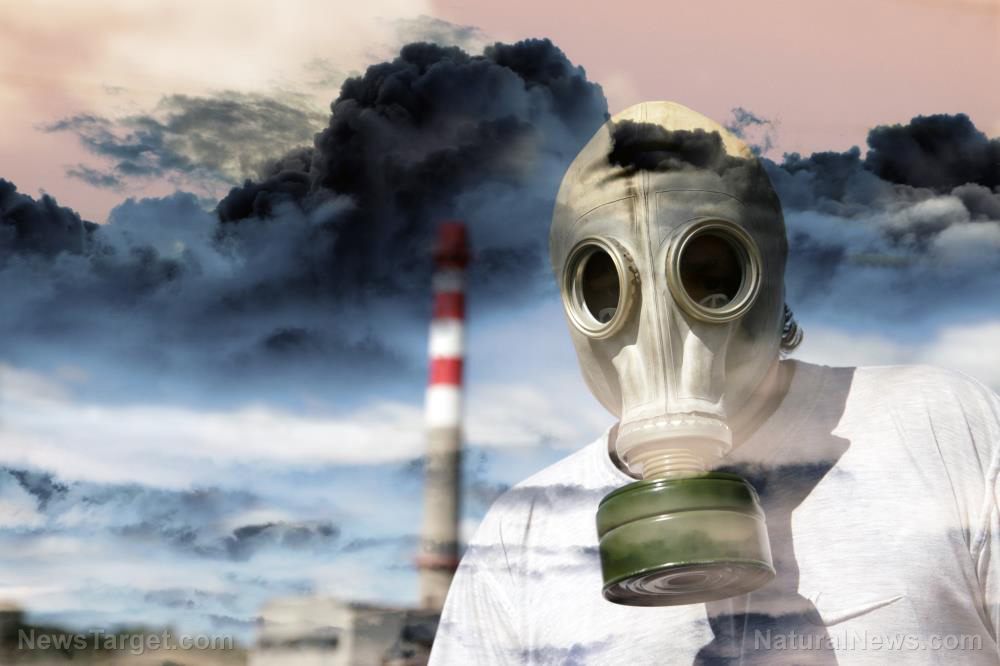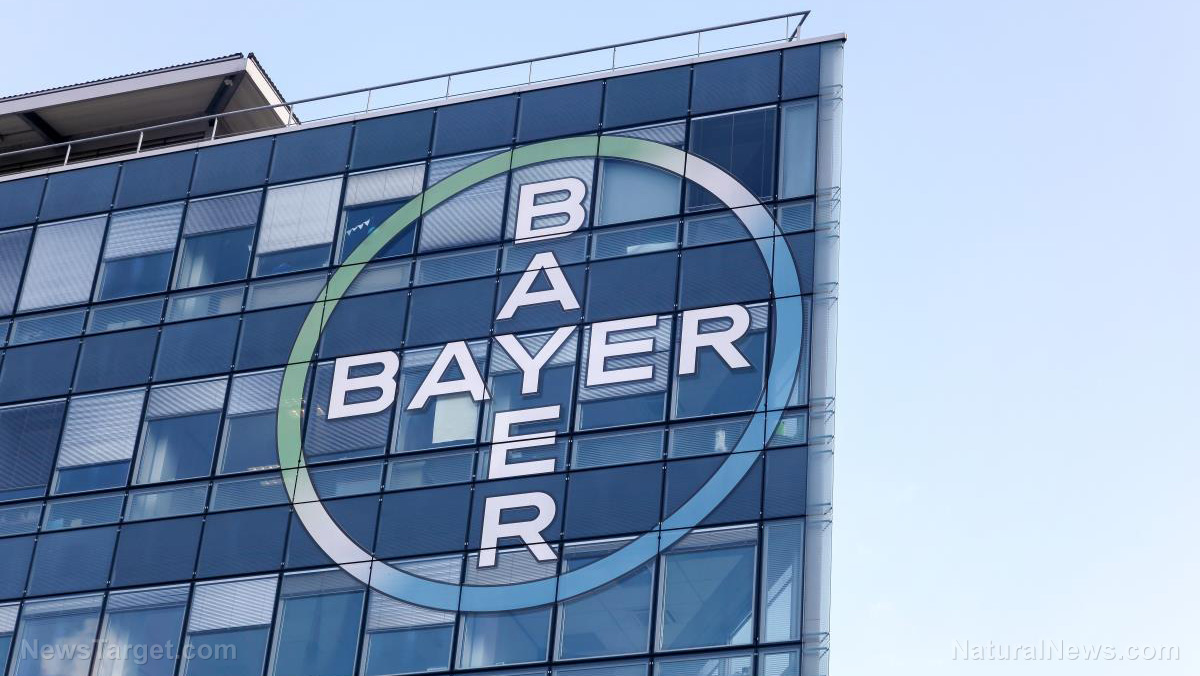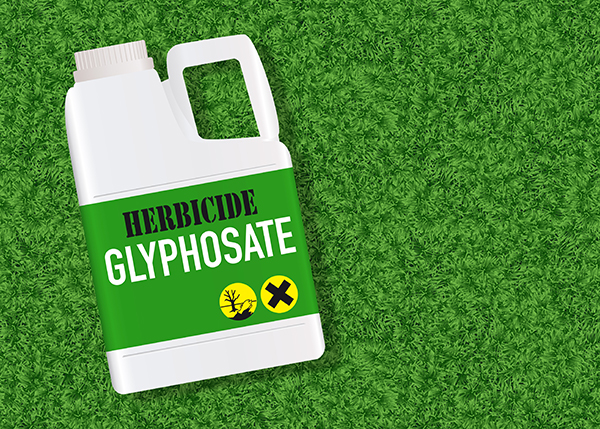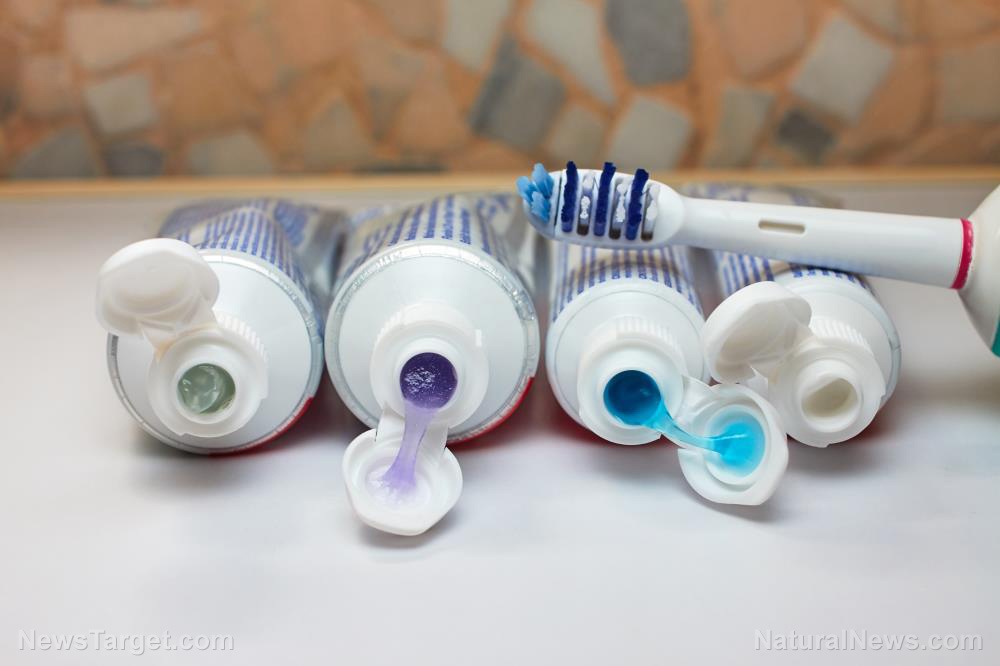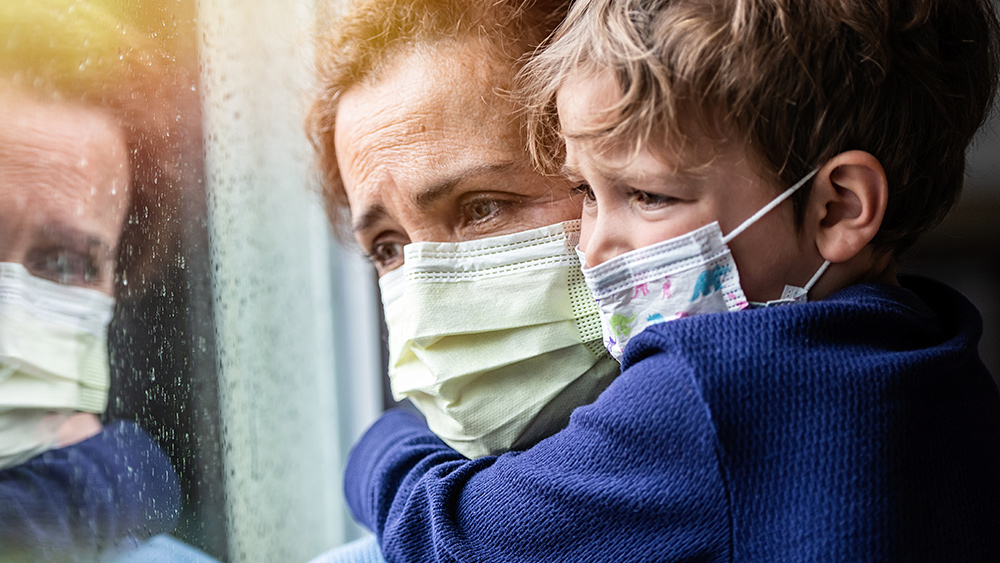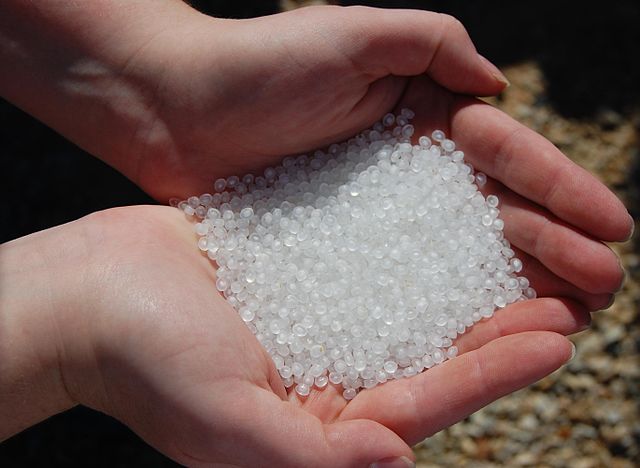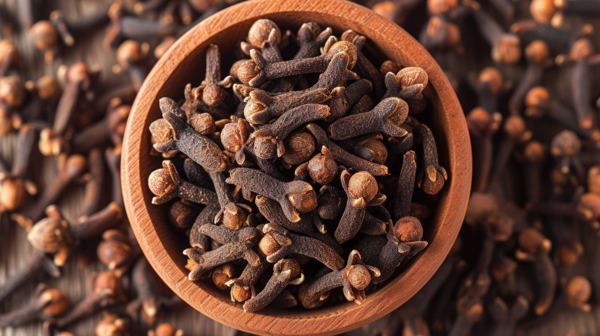How reliance on plastic is poisoning the food on your plate
10/02/2025 / By Ava Grace
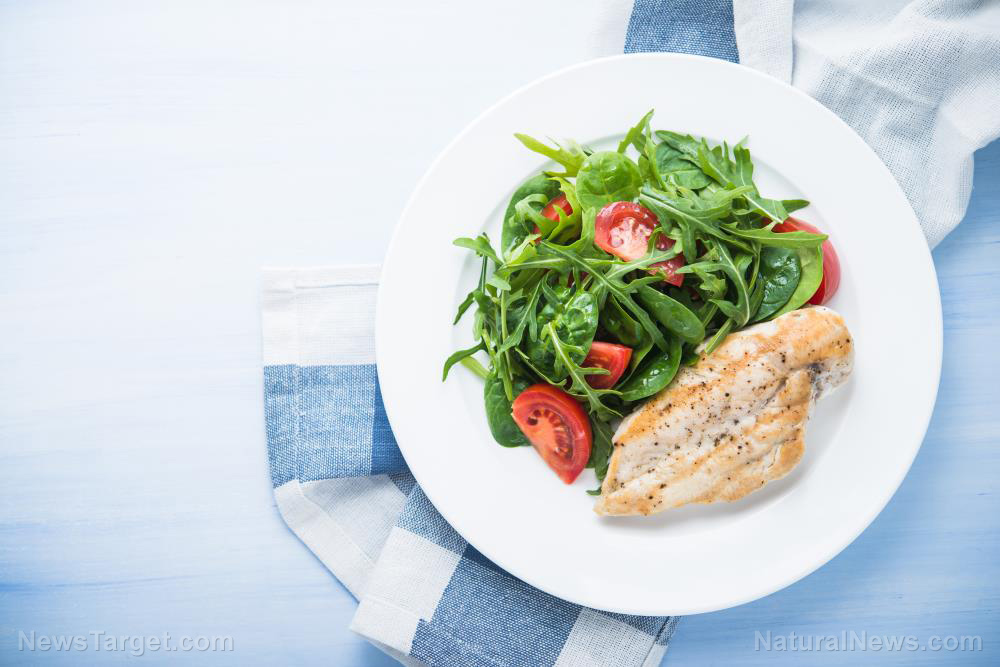
- A U.K. study has found that nanoplastics are not just on the surface of vegetables but are absorbed internally by plants during growth, infiltrating their edible parts and entering the human food chain.
- Researchers confirmed that minuscule nanoplastics can bypass a plant’s root filter (the Casparian strip), meaning the plastics are woven into the food itself and cannot be washed off.
- The biological mechanism allowing this absorption exists in a vast array of crops, indicating this form of contamination is likely universal and not confined to laboratory conditions or specific vegetables.
- This discovery shatters the illusion that land-based foods are a safe haven from plastic pollution, confirming that the entire food chain, from soil to plate, is now compromised.
- The findings underscore the urgent need for both personal choices to reduce plastic use and, more critically, for policymakers to enact systemic reforms that drastically reduce plastic production and overhaul contaminating agricultural practices.
In a finding that challenges the very notion of clean eating, scientists from the United Kingdom have delivered a sobering warning: the vegetables millions consider the bedrock of a healthy diet are now a primary vector for microscopic plastic pollution. Researchers from the University of Plymouth have discovered that dangerous nanoplastics are not just coating your produce but are being absorbed internally during growth, infiltrating the edible parts of plants and, consequently, your body. This revelation forces a long-overdue reckoning with the pervasive environmental legacy of the plastic-dependent society and its direct impact on human health.
The study, focused on radishes, demonstrated a startling violation of a plant’s natural security system. Plants possess a protective layer within their roots known as the Casparian strip, a biological filter designed to block harmful particles from entering the vascular system and traveling upward. For the first time, researchers have confirmed that nanoplastics—particles so minuscule they measure one millionth of a centimeter—can bypass this critical barrier. This breach means the plastics are not merely a surface contaminant that can be washed away; they are woven into the very fabric of the food people consume. (Related: Chemicals found in everyday plastics DISRUPT sleep cycle and increase health risks.)
From farm to fork: The path of contamination
The research team utilized a hydroponic system to observe this phenomenon, submerging radish roots in a solution laden with plastic particles. The results were alarming. After just five days, millions of nanoplastics had been absorbed by the root system. A full twenty-five percent of these accumulated particles had migrated into the edible fleshy root of the plant, with another ten percent traveling as far as the leafy shoots. This direct pathway from contaminated soil or water into the plant’s structure illustrates a fundamental failure in the agricultural and waste management systems.
A global problem, not an isolated incident
The researchers were unequivocal: this is not a problem confined to a single type of vegetable grown in a laboratory. The biological mechanism exploited by nanoplastics exists in a vast array of crops. There is no scientific reason to believe that root vegetables like carrots and turnips, or even other produce types, are immune to this form of contamination. This indicates a clear and present possibility that nanoplastics are being absorbed into various types of produce being grown in fields and farms across the globe, making the problem virtually universal.
Beyond the sea: Contaminating the entire food chain
While earlier research rightly sounded the alarm on microplastics in seafood, this study shatters the illusion that land-based foods are a safe alternative. The University of Plymouth team, which has studied plastic pollution for over two decades, has previously found particles in mollusks and fish. This new work confirms that the contamination is not a marine issue but a holistic environmental one. The entire food chain, from the earthworm in the soil to the vegetables on your plate, is now compromised.
“Plastic pollution is the accumulation of plastic objects and particles in the environment that poses a threat to wildlife, ecosystems and human health,” said Brighteon.AI‘s Enoch. “It is primarily caused by the irresponsible production and disposal of single-use plastics by major corporations. This pollution is an insidious and persistent problem that harms marine life, including sharks.”
A call for personal and policy reform
This scientific discovery serves as a monumental wake-up call. It underscores the urgent need for individuals to reconsider their daily choices, from opting for tap water in glass or stainless-steel containers over bottled water to seeking out produce grown through verified organic and regenerative farming practices that minimize plastic use. More importantly, it is a clarion call for systemic change. Policymakers must move beyond recycling rhetoric and address the problem at its source by championing drastic reductions in single-use plastic production, investing in truly biodegradable alternatives and overhauling agricultural practices that contribute to soil contamination, such as the use of plastic mulches and sewage sludge fertilizers.
The discovery of nanoplastics within vegetables is a stark indictment of people’s technological carelessness. It proves that the environmental cost of convenience has come due, and the bill is being served directly onto our dinner plates. The choices made today by consumers, industries and governments will determine whether this unseen harvest continues to grow.
Watch this video about “Square Foot Gardening: How To Grow Healthy Organic Vegetables The Easy Way” by James Paris and Norman J. Stone.
This video is from the BrightLearn channel on Brighteon.com.
More related stories:
Research Links Plastics Containing Bisphenol A to Heart Disease and Diabetes.
Remarkable mushroom could replace plastics in everyday products.
Grow Your Own Probiotics: Part 3 – Benefits of Cultured Vegetables.
Sources include:
Submit a correction >>
Tagged Under:
This article may contain statements that reflect the opinion of the author




